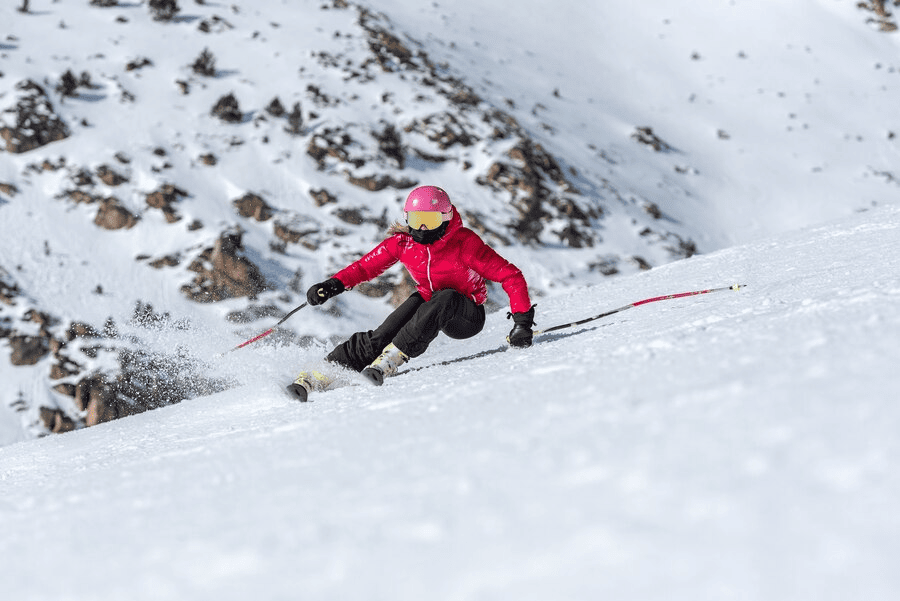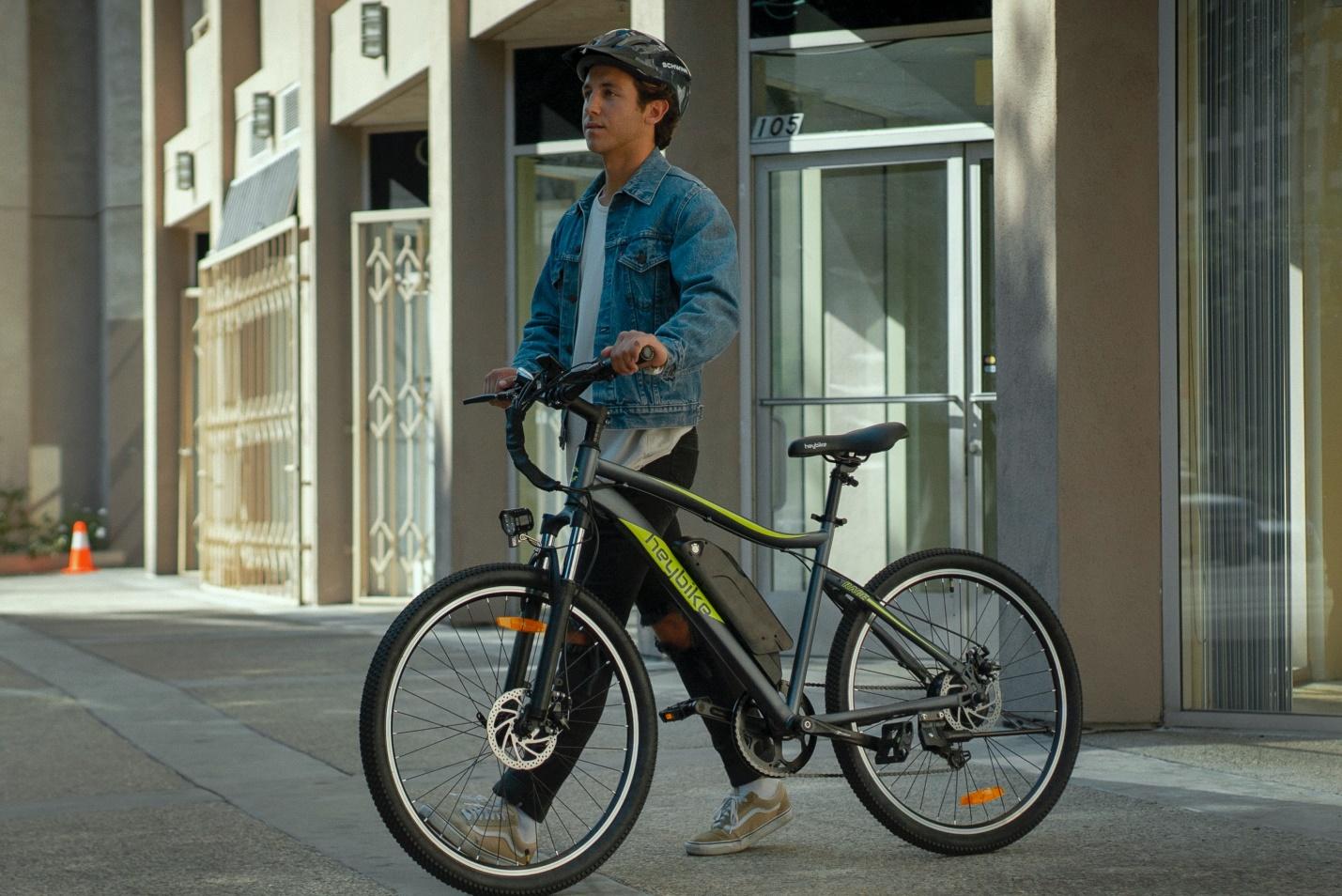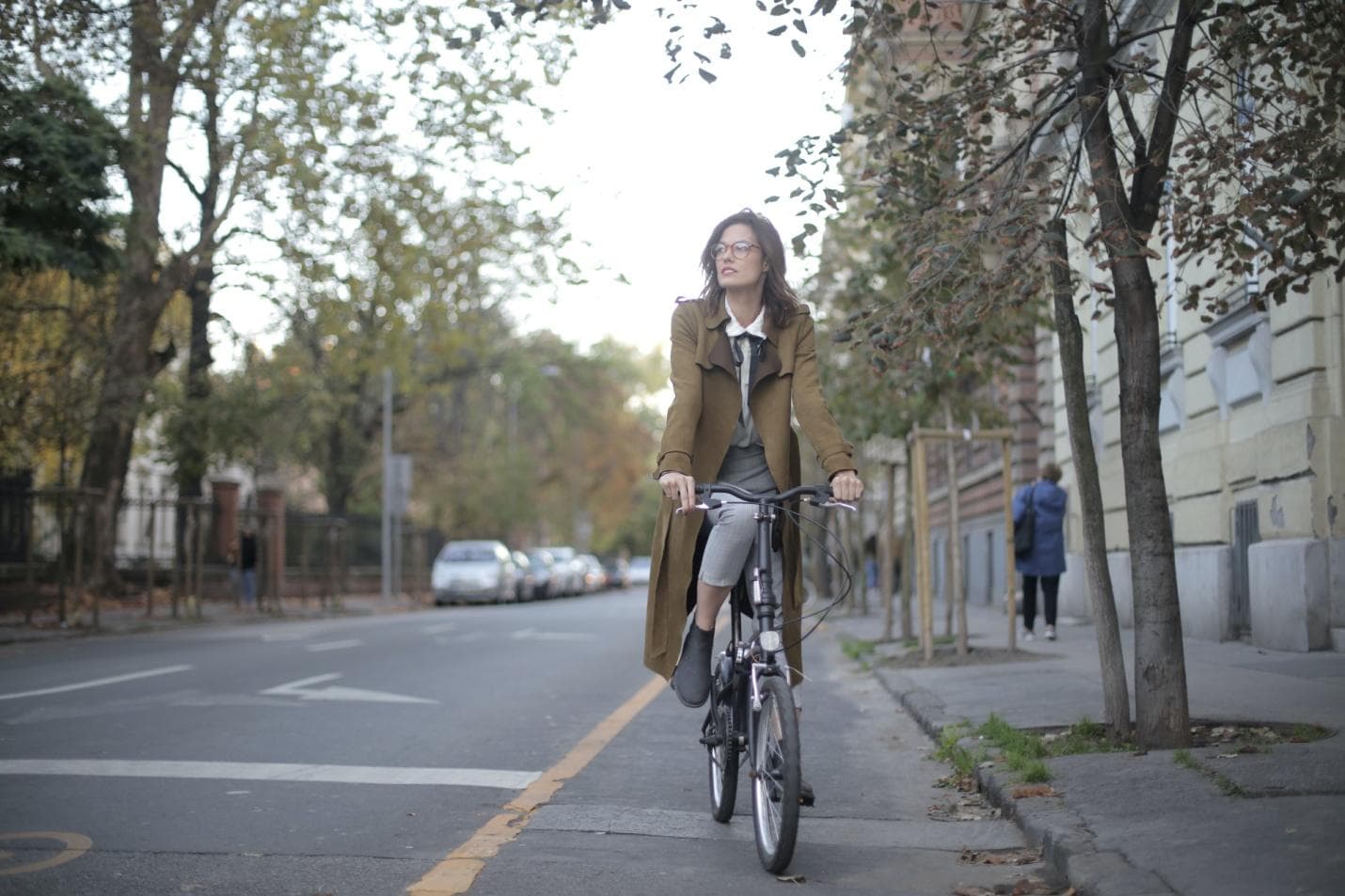
Imagine gliding down a pristine, snow-covered slope, feeling the exhilaration of the crisp mountain air, when suddenly, an accident occurs. Ski accidents can be complex, and determining who is at fault in a ski accident isn’t always easy.
This blog post will serve as a comprehensive guide to navigating the tricky world of ski accident liability, ensuring you’re well-informed when it comes to understanding your rights and responsibilities on the ski slopes.
Key Takeaways
Determining fault in ski accidents requires an understanding of negligence, recklessness, and the Skier Responsibility Code.
Common causes include collisions with other skiers/snowboarders, lift accidents & inadequate signage, or slope maintenance.
Evidence gathering is essential to proving fault. A lawyer can help understand rights & successfully pursue injury claims.
Understanding Ski Accident Liability
Ski accident liability refers to the legal responsibility of an individual or entity for any injuries or damages resulting from a skiing or snowboarding accident. Unlike motor vehicle accidents, ski accidents have their own set of dynamics and applicable laws. For instance, the uphill skier’s identification often influences fault determination. An experienced ski accident lawyer can prove helpful in navigating this complex legal landscape, aiding you in understanding negligence, recklessness, and the Skier Responsibility Code, as well as handling personal injury lawsuits.
Fault in ski accidents is established by assessing the facts of the incident and applying the applicable laws. This may involve determining whether the other party was negligent or reckless and how their actions contributed to the accident. Ski area operators can also be held accountable if their negligence or recklessness led to the injuries suffered.
Negligence vs. Recklessness
In the context of ski accidents, negligence refers to the failure to act with reasonable care, which results in harm to another person or entity. On the other hand, recklessness is the conscious disregard for the safety of others, resulting in harm. This distinction is important in determining fault in a skiing or snowboarding accident, as recklessness is considered a more severe form of negligence.
For example, skiing while intoxicated or under the influence of drugs can be considered reckless behavior. In contrast, a beginner skier who collides with another skier on a beginner slope in good weather and visibility while skiing slowly and cautiously would not typically be considered negligent.
Establishing if the other party acted negligently or recklessly is central to determining liability and pursuing compensation for injuries sustained in a ski accident.
The Skier Responsibility Code
The Skier Responsibility Code is a set of guidelines established by the ski industry to promote safe skiing practices. These guidelines can help determine fault in ski accidents by outlining the expected conduct of skiers and snowboarders. The code includes:
Maintaining control at all times
Heeding all warnings and signs
Maintaining a safe distance from other skiers and objects
Yielding to downhill skiers
Using equipment to prevent runaway equipment
Adhering to all posted closures
Being aware of how to use the lifts safely
Violating any of the regulations stipulated in the Skier Responsibility Code can be used as evidence to show negligence on the part of the other skier. In Colorado, breaching the Skier Responsibility Code can incur fines of up to $1,000 and may also result in additional charges.
Minimizing the risk of accidents and injuries on the ski slopes can be achieved through adherence to the Skier Responsibility Code by skiers and snowboarders.
Common Causes of Ski Accidents
Ski accidents, including snowboarding accidents, can occur for a variety of reasons, but some of the most common causes include collisions with other skiers or snowboarders, ski lift accidents, and inadequate signage or slope maintenance. In many cases, these accidents result in serious ski injuries for the injured skier, such as fractures, head trauma, spinal cord injuries, and even permanent disabilities. One such example is a skiing accident, which can have severe consequences for the individual involved.
Determining Fault in Different Scenarios
Determining fault in ski accidents depends on the specific circumstances of the accident and the roles of the parties involved. Factors such as:
Negligence
Recklessness
Inexperience
Equipment malfunction
The positioning of the skiers
play a significant role in establishing liability.
Different scenarios will be examined in the subsequent subsections to determine fault when an accident occurred in ski accidents, including collisions with other skiers or snowboarders, ski lift accidents, and inadequate signage or slope maintenance.
Collisions with Other Skiers or Snowboarders
When collisions occur between skiers or snowboarders, establishing fault can be challenging. Various factors contribute to collisions, such as:
Speed regulation
Loss of control
Impact with other skiers or snowboarders
Equipment malfunction
Unfavorable weather conditions
In many cases, the uphill skier or the skier who was overtaking is often considered at fault in a collision.
Determining liability in ski collisions requires consideration of the other skier’s negligence or recklessness, their position during the collision, and their adherence to the Skier Responsibility Code. In some cases, ski area operators may also be held liable if their negligence contributed to the accident.
Ski Lift Accidents
Ski lift accidents can be particularly dangerous, resulting in severe injuries or even fatalities. Fault in these cases often lies with the ski resort if they fail to maintain the lift or provide appropriate safety measures. Factors that contribute to ski lift accidents include:
Collisions between skiers
Malfunctioning lifts
Unloading accidents resulting from operator negligence
Frayed cables that can snap or break
In ski lift accident scenarios, an experienced accident lawyer can help assess if the resort’s negligence caused the accident and the resulting injuries. Ski lift malfunction-related injuries are rare, and most accidents are caused by skier error or improper lift operation. Proper maintenance and safety measures are a critical responsibility of ski area operators to lessen the risk of lift accidents.
Inadequate Signage or Slope Maintenance
Inadequate signage or poor slope maintenance can also contribute to ski accidents, placing the responsibility on the ski resort or operator. Proper signage, including signs indicating slope difficulty and warnings of any hazards, is crucial to ensuring the safety of skiers and snowboarders. Failure to maintain the slopes, such as grooming or avalanche control, can also lead to accidents and injuries.
Presenting evidence of unfulfilled duty of care by the ski resort or operator is necessary to demonstrate negligence in cases of inadequate ski slope signage or poor maintenance. This can include:
Evidence of known hazards that were not properly marked
Improper slope maintenance or grooming
Inadequate avalanche control
Failure to maintain the premises
Legal Responsibilities of Skiers, Snowboarders, and Ski Resorts
Both skiers and snowboarders have legal responsibilities when it comes to ensuring safety on the slopes. They are obligated to adhere to specific regulations, maintain control, ski within their abilities, and remain aware of their surroundings. Failure to comply with these regulations may result in the skier or snowboarder being considered negligent, making them liable for any injuries or damages that may arise from the accident.
Ski resorts and ski area operators also have legal responsibilities, such as:
Maintaining the slopes, equipment, and facilities to minimize the risk of accidents and injuries
Posting signs indicating the difficulty level of the slopes
Ensuring proper safety measures are in place for ski lifts and other equipment
Failure to fulfill these responsibilities may result in the ski resort or operator being held liable for any accidents that occur on their premises.
Collecting Evidence to Prove Fault
Collecting evidence is a key step in establishing fault in ski accident cases. It can help determine who is responsible for the accident and the associated damages, such as medical expenses and lost wages. The most effective types of evidence for establishing fault include:
Video footage or photos of the accident or its aftermath
Eyewitness accounts
Lift pass scan data
Mobile phone data
Preservation of evidence, such as photos of the scene and signage
Insurance Considerations in Ski Accident Cases
Insurance plays a significant role in ski accident cases. Coverage for ski accidents can be more complex than that for motor vehicle accidents, as it often involves homeowner’s insurance policies. Most frequent skiers typically have homeowner’s insurance coverage, which provides coverage for ski-related accidents. However, obtaining coverage under a parent’s homeowner’s insurance policy for a young adult involved in a ski accident may prove challenging, depending on the specific circumstances.
Hiring an attorney after a skiing injury can aid in representing your interests during insurance company negotiations and ensuring you receive fair compensation for your injuries. An experienced ski accident lawyer can help with the following:
Navigating the complexities of insurance coverage
Negotiating with insurance providers on your behalf
Maximizing your chances of recovering damages for your injuries
How a Ski Accident Lawyer Can Help
Securing the services of a ski accident lawyer can greatly contribute to achieving a favorable result for your ski accident case. An experienced attorney can help you with:
Navigating the complexities of ski accident liability
Collecting necessary evidence
Negotiating with insurance companies
Pursuing fair compensation for your injuries
Providing guidance and representation in personal injury cases involving ski area operators, such as those resulting from a faulty ski lift.
Consulting with a skilled ski accident lawyer is vital if you or a loved one has been injured in a skiing or snowboarding accident. They can help you understand your rights and successfully pursue your injury claim. Don’t hesitate to reach out for assistance, as a knowledgeable attorney can make all the difference in achieving a fair and just outcome for your case.

Get Help From a Practiced Ski Accident Attorney at BLG
In conclusion, understanding the complexities of ski accident liability, the legal responsibilities of skiers, snowboarders, and ski resorts, and the role of insurance in ski accident cases is crucial for ensuring safety on the slopes and pursuing fair compensation for injuries sustained. By being aware of your rights and responsibilities, and with the assistance of an experienced ski accident lawyer, you can take the necessary steps to protect yourself and others while enjoying the exhilarating world of winter sports.
At BLG, we have a team of experienced attorneys who can help you navigate the legal complexities surrounding ski resort accidents in Colorado. We offer a free consultation to evaluate your case and provide guidance on whether you have a valid claim. Our expert legal representation will assist you in seeking compensation for your injuries and any related expenses.
Contact us for a free consultation. We are here to guide you through the complexities of ski resort accident cases and help you seek the compensation you deserve.
Frequently Asked Questions
Who is to blame in a ski accident?
The other skier may be responsible for the ski accident, or in some cases, the ski resort may be liable if their slopes were poorly maintained, marked, or designed.
Are you liable for a ski accident?
In Colorado, the primary responsibility for a ski accident between two skiers lies with the uphill skier. Negligence needs to be proven in order to seek compensation for any injuries or damages caused. The uphill skier has the responsibility to maintain a lookout and ski in control.
What are the legal responsibilities of ski resorts and ski area operators?
Ski resorts and ski area operators are legally responsible for maintaining the slopes, equipment, and facilities to minimize the risk of accidents and injuries, including posting signs indicating the difficulty level of the slopes and ensuring proper safety measures are in place.
How can a ski accident lawyer help me with my case?
A ski accident lawyer can provide expertise and guidance to navigate the complexities of ski accident liability, collect evidence, negotiate with insurance companies, and pursue fair compensation for your injuries. They can also represent you in cases involving ski area operators and faulty ski lifts.




